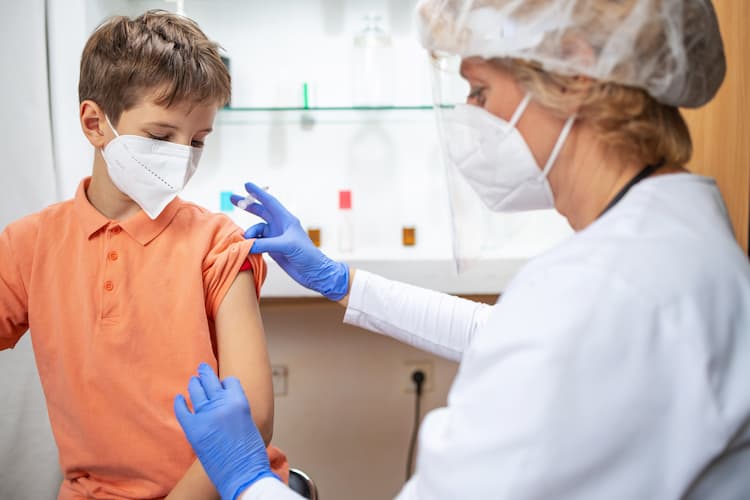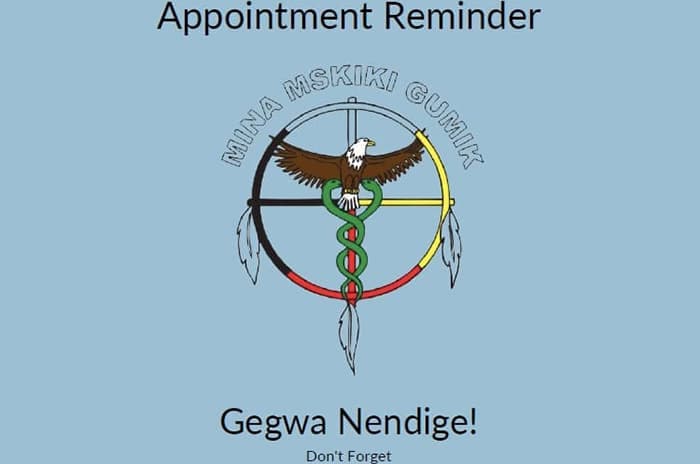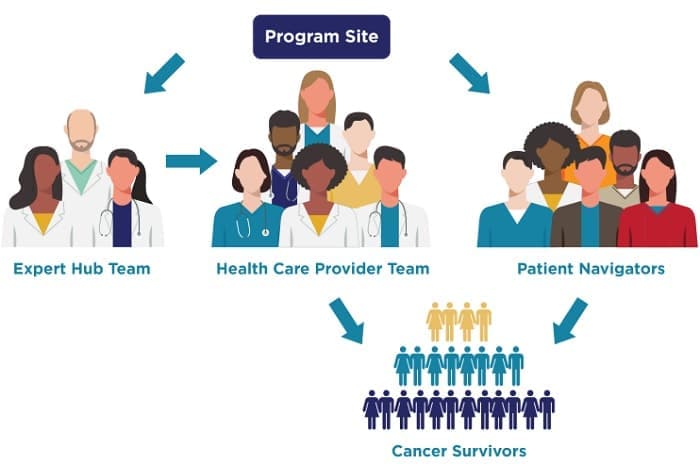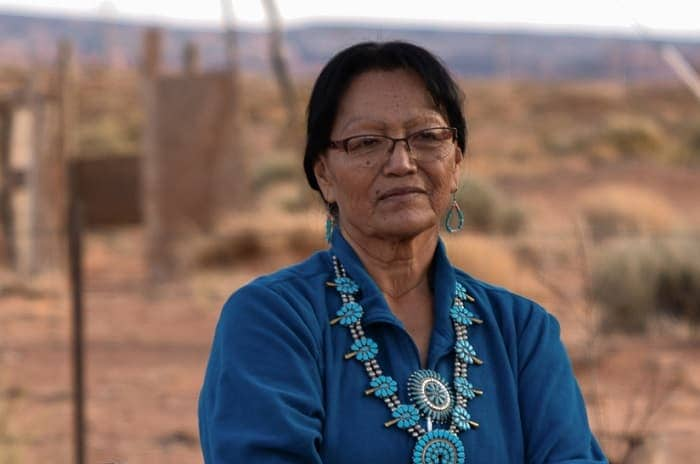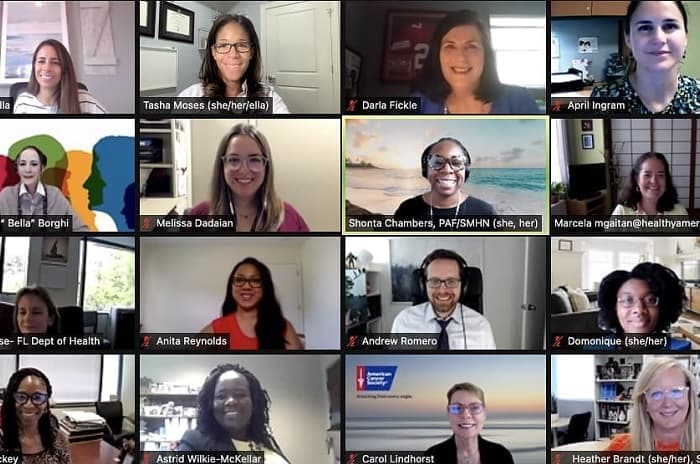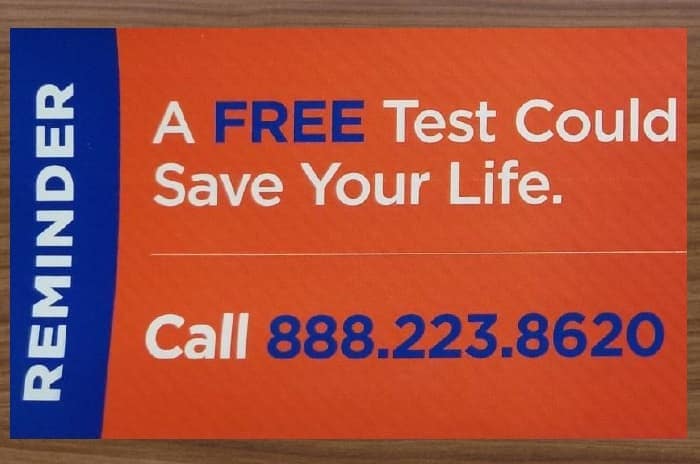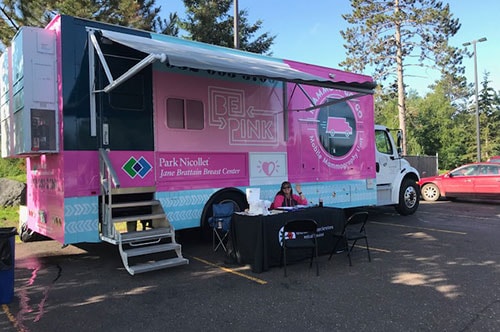Success Stories
Comprehensive cancer control programs are working in communities across the nation to promote healthy lifestyles, support recommended cancer screenings, educate people about cancer symptoms, increase access to quality cancer care, and enhance cancer survivors’ quality of life. These stories illustrate the strength of comprehensive cancer control and highlight some of the extraordinary work NCCCP-funded programs have done in collaboration with their community partners. We hope they inspire readers and spark new ideas to continue the mission of CDC’s National Comprehensive Cancer Control Program.
The Iowa Department of Health and Human Services worked to increase human papillomavirus (HPV) vaccination among adolescents in selected clinics. The state used evidence-based training that teaches health care providers how to make and support strong HPV vaccine recommendations.
The Pennsylvania Comprehensive Cancer Control Program focused on skin and liver cancer prevention. It promoted skin cancer education and sun-protective behaviors and provided sunscreen dispensers in state parks. It also educated patients and health care providers on hepatitis B and C screening and hepatitis B vaccination.
To ensure that American Indians in Michigan were given the support and services they needed to prevent cancer and find it early, the Inter-Tribal Council of Michigan started the Three Fires Cancer Consortium in 2017 with funding from CDC’s National Comprehensive Cancer Control Program.
The North Carolina Comprehensive Cancer Control Program worked with the North Carolina Radon Program to develop a new continuing education course for real estate agents. The course explains how radon can enter a home and cause lung cancer and how homes can be tested for radon.
Four National Comprehensive Cancer Control Program sites in Kansas, Montana, Nevada, and South Carolina were funded to implement Project ECHO’s telementoring platform and engage patient navigators to enhance care for cancer survivors in rural communities.
The American Indian Cancer Foundation organized the Blue Beads campaign to increase awareness about colorectal cancer among American Indian and Alaska Native communities.
The easiest way to fight cancer is to stop it before it starts. With this idea in mind, three national networks have come together to lower people’s risk of getting cancer in seven states.
Thanks to a new voucher program, low-income residents of northern Texas can get lifesaving colorectal cancer screening tests.
Health officials on the Fond du Lac Reservation in northern Minnesota partnered with the Park Nicollet health care system to provide breast cancer screenings on a Mobile Mammo Bus.
